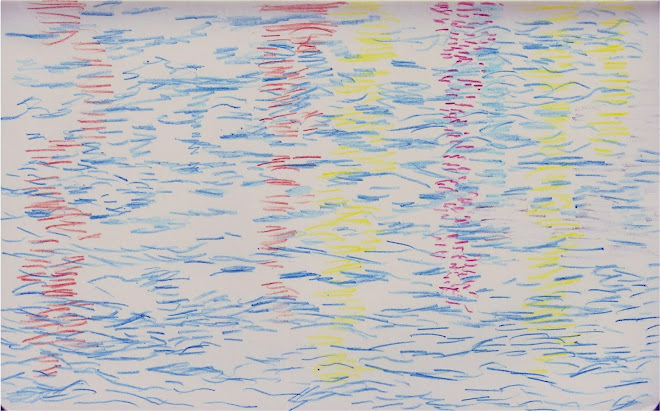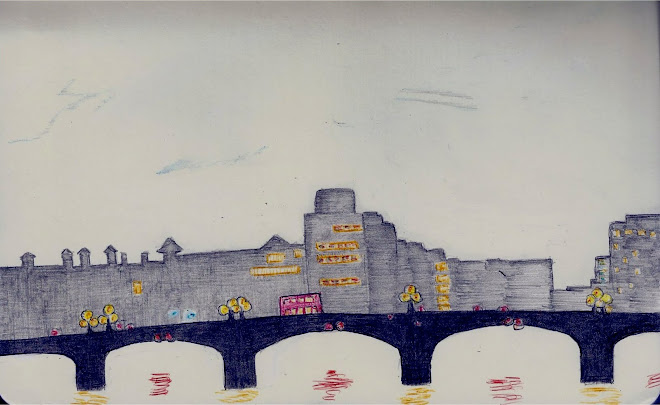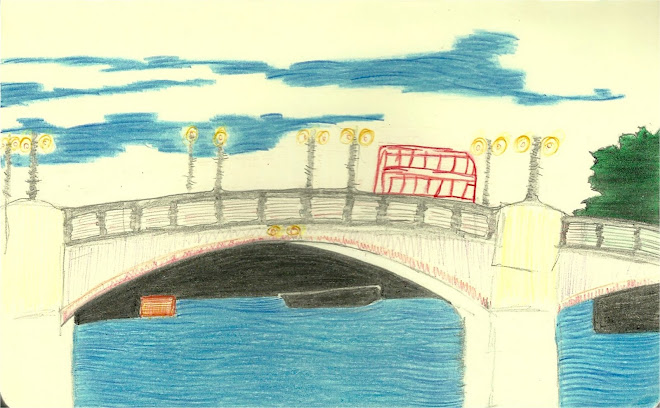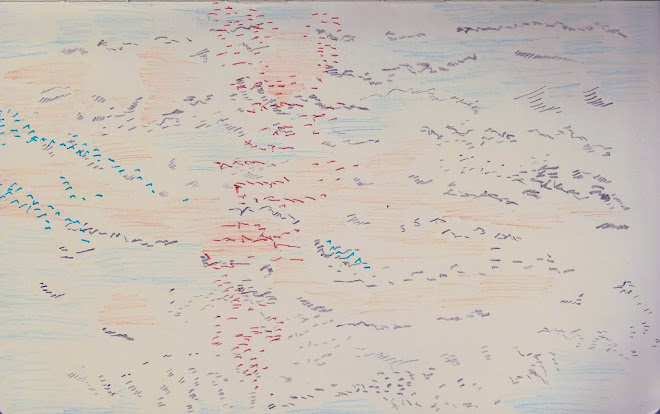As usual, the Museum was busy and the Stone, when I arrived, was obscured by a large crowd. Apparently it's the most popular exhibit. Its early existence was also illustrious, a piece of a stela carved in 196 BC as a part of coronation ceremonies for the boy king Ptolemy V. It records a tax exemption granted by Ptolemy V to priests - written in 3 languages: hieroglyphics, understood by the priests, demotic, the language of the Egyptians at that time, and Greek.
The broken Stone, in its current form, was found during Napoleon's campaign in Egypt in July 1799 - in Rashid on the west bank of the Nile, where it had been used as material to build a fort. The Stone was taken to Europe where study of the 3 languages enabled translation of hieroglyphics.
One of the surprising things about Indonesia, to a westerner, is the number of scripts, apparently derived from Sanskrit, Arabic and Malay. In the National Museum in Jakarta, numerous stones record these scripts. Water was poured from the carved serpent heads at the top of one such massive stone, over a curse engraved on its face, and collected in a drinking vessel under its carved spout. The curse, devised by a king, meant that whoever drank the water, if disloyal, would suffer terrible consequences.
These days, the water of the Thames is less malign. I went down to Canary Wharf to make a drawing.
Subscribe to:
Post Comments (Atom)












































No comments:
Post a Comment